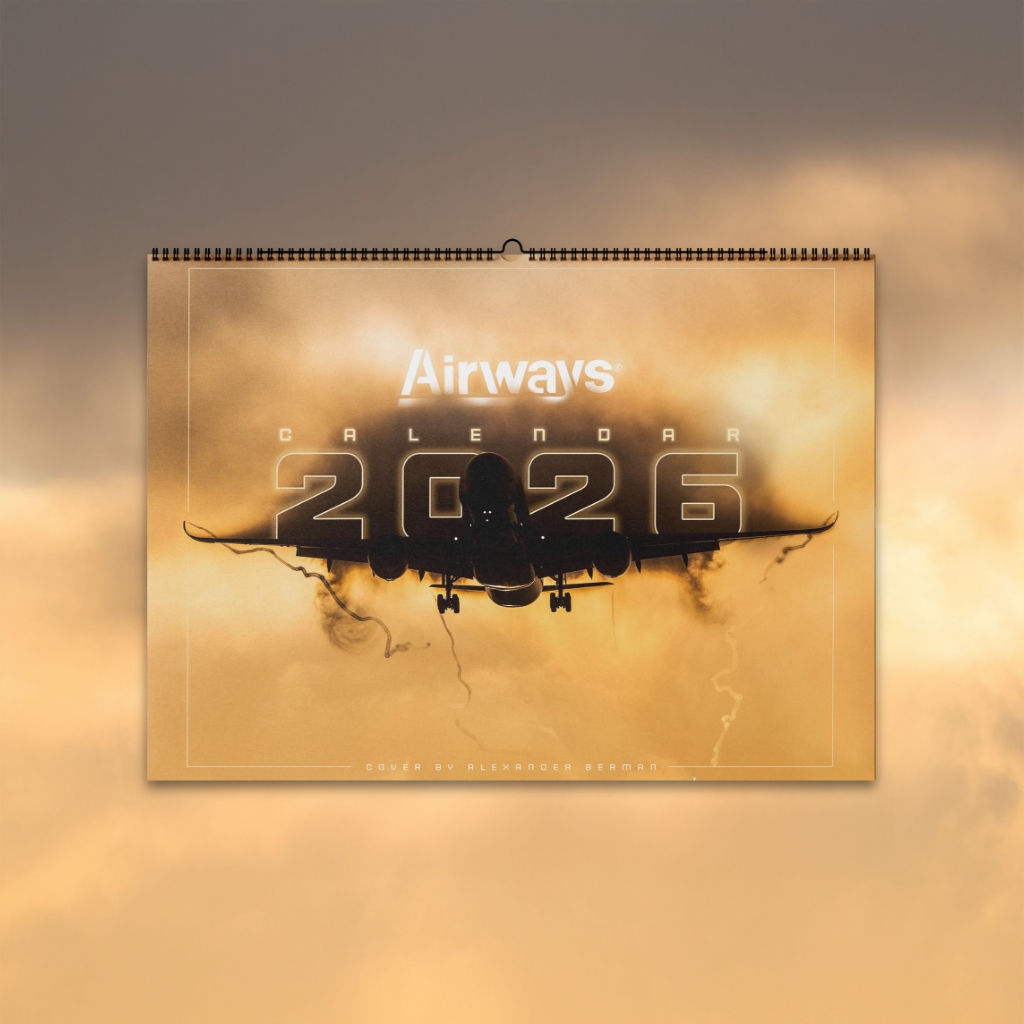DALLAS — The Federal Aviation Administration (FAA) has implemented measures to minimize further incidents by curtailing helicopter operations along key flight paths near Reagan Washington National Airport (DCA) after the midair collision of an American Airlines (AA).
On Friday, NTSB representatives confirmed that all flight data recording equipment from the bombardier CRJ700 jets and the Black Hawk were recovered so that authorities could further analyze the circumstances of the tragedy.
The voice recordings would allow authorities to reconstruct the events preceding the midair collision above the Potomac River, the most significant disaster in U.S. airspace in at least 15 years.
Regulatory Response, Airspace Restrictions
After the crash, the FAA promptly issued temporary airspace restrictions around DCA, limiting them to law enforcement, medical helicopters, air defense, and presidential air transport helicopters. "These measures," said U.S. Transportation Secretary Sean Duffy, "will immediately help secure the airspace near Reagan Airport, ensuring the safety of airplane and helicopter traffic.
The restrictions, which will remain until the NTSB releases its preliminary findings, reflect growing concerns over air traffic safety in the congested Washington, D.C., region. Based on the investigation's developments, the FAA will reassess the limits.
The crash has caused significant operational disruptions at DCA. Two of the three runways are closed, and the situation might continue for at least a week. However, the main runway is the busiest single-runway operation in the U.S., receiving 90 percent of DCA's traffic.
Black Box Recovery, Investigation Progress
Under Todd Inman's leadership, NTSB officials have interviewed air traffic controllers. The lone controller on duty in DCA's tower was among them when the crash occurred. Authorities are still trying to determine if staffing shortages contributed to the sequence of events.
“The NTSB is an independent, bipartisan board 58 years as the gold standard. Our job is to find the facts, but more importantly, to ensure this tragedy doesn't happen again," Inman said.
Rescue teams have managed to retrieve 41 bodies from the wreckage so far. Recovery efforts for other victims and parts of the aircraft are set to be intensified over the next few days. According to Washington, D.C. Fire Chief John Donnelly, 28 bodies have been identified positively. The operations are likely to continue for another week.
Collision Details, Safety Concerns
The CRJ700 was in the last stages of its descent into DCA when it crashed into a U.S. Army Black Hawk helicopter. All four crew members and 60 passengers aboard the regional jet died, as well as three military personnel on the helicopter. Officials identified two of the military personnel Friday.
The recent crash underscored long-standing worries over the safety of mixed commercial and military air traffic around Washington. The FAA has been faulted over controller shortages, with staffing at around 3,000 controllers short of desired levels.
At the time of the crash, only two ATCs controlled local traffic instead of the standard three, which is acceptable when traffic volume is low. However, experts have said this "is not normal," considering how busy DCA airspace is. In response to the incident, Duffy has pledged to correct staff deficiencies at the FAA.
Scrutiny on Helicopter Flight Path
The investigators also examined whether the Black Hawk was within the permitted altitude. The military had assigned an altitude of 200 feet along the route where the helicopter was traversing. Initial tracking data suggests that the collision took place approximately at 300 feet.
POTUS also took to social media, stating that the helicopter was "flying too high, by a lot." His words resonate with officials' criticism of the military aircraft flying too high and violating previously set altitude ceilings.
Democratic ranking member on the Senate Commerce Committee, Senator Maria Cantwell, questioned whether military and commercial flights separated by as little as 350 feet vertically and horizontally in congested airspace could be considered safe.
She has asked for a review of regulations for flights in such regions.
Air Traffic Control, Communication Issues
Radio communications would indicate that air traffic controllers would have alerted the helicopter crew to the CRJ700's approach and had provided instructions to change course. The circumstances leading to the accident are still being studied.
According to the airline's chief executive, the pilot of Flight 5342, operated by regional AA subsidiary PSA Airlines (OH), had six years of flying experience.
International Impact, Passenger Identities
41 bodies of the 67 souls have been recovered. Flight 5342 included passengers from Russia, China, Germany, and the Philippines. Others who lost their lives were several young figure skaters who had been returning from an elite training camp in Kansas.
The AA crew included Captain Jonathan Campos, 34, and First Officer Sam Lilley, 28. The Blackhawk crew included Staff Sgt. Ryan O’Hara and Chief Warrant Officer 2 Andrew Eaves. The identity of the third soldier on the helicopter, a female pilot, was not released at the request of the family.
Industry insiders anticipate that the midair collision in Washington, D.C. and subsequent NTSB investigation will lead to regulatory reform to prevent a similar incidents from occurring again.
The NTSB will release its preliminary report in 30 days, hopefully clarifying the facts surrounding Flight 5342.
Stay tuned to Airways as the NTSB investigation develops.
.avif)


.webp)
